Field Note: Walker Creek Live Stream Outing
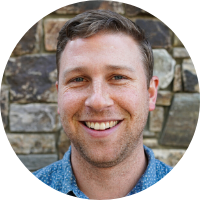
By Patrick Samuel, CalTrout's Bay Area Regional Director
Walker Creek: Live Stream Outing
It’s a beautiful day in Western Marin in late April. We’re only about an hour outside of San Francisco, but it feels very far away. The sun is shining, the birds are singing, the cows are happily munching in the pastures with their large calves born last year, and we have an excited group of approximately 30 CalTrout donors, members, and supporters and many staff joining me for our first ever Live Stream Outing at Walker Creek Ranch Outdoor School and Conference Center. This is a special day for me because while I have worked out here for about four years, even many of our staff in attendance have never seen the Ranch themselves.
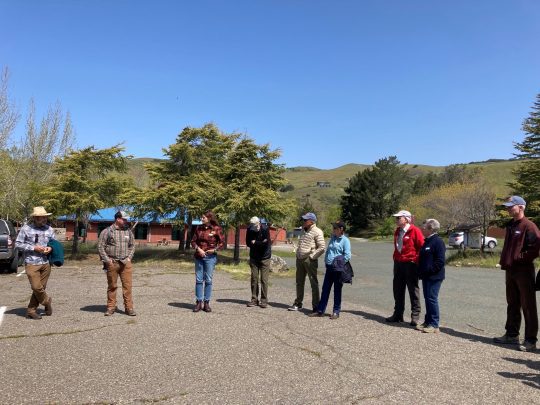
Ranch Maintenance Supervisor – Kris Jacobsen – graciously welcomes us, greets the group, and gives some background on the property and mission of the Ranch, sharing his enthusiasm for outdoor education in this gem right here in the Bay Area. Unfortunately, this is still April 2022 and so the Ranch is closed to students for the school year due to Covid-19, but Kris describes what it is like to have the Ranch full of 5th and 6th-grade students immersed in nature and actively participating in a variety of activities designed to help students break out of their shells and grow during their stay. In a typical year, the Ranch hosts over 5,000 students and several thousand more conference and wedding guests, and we all look forward to Fall 2022 when we hope they will be able to return again to this special place. In the past, CalTrout has supported the Ranch and its students with scientific sampling equipment and supplies to get students that visit Walker Creek learning about bugs and fish and to help tell the story that all of us are connected and depend upon healthy watersheds.
The tour starts by walking a few hundred yards down to Walker Creek itself, the defining feature of the Ranch and an important stronghold for both critically endangered coho salmon and threatened steelhead on the Central Coast. We look first at the Passive Integrated Transponder (PIT) antenna in the Creek that helps us understand the spawning and rearing migrations of adult and juvenile coho salmon in this watershed. This research is made possible by private funding from donors and foundations and the partnership of the Walker Creek Ranch, California Sea Grant, California Department of Fish & Wildlife, NOAA Fisheries, private landowners in the watershed, and others. The antenna acts as a kind of gateway; when a tagged fish (think like your chipped cat or dog at home) swims past the antenna, a computer records the unique tag number so we know which fish are migrating up or down in Walker Creek and when. This information is important because it tells us about habitat usage (location, timing) of these fish, and then allows us to lead with science by informing future management and restoration.
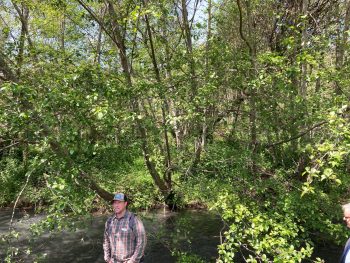
We walk down to a cool, shady spot under the abundant alder trees and riparian vegetation (thanks to the efforts of Marin Agricultural Land Trust and Marin Resource Conservation District over the decades) and I do my best impression of Dr. Rob Lusardi to describe his research. Rob and his team at UC Davis have been monitoring water temperatures and conducting snorkel surveys in Walker Creek in the summer months for the past three years to document habitat usage of juvenile coho salmon and steelhead in pools throughout the property. We discuss the importance of the trees and shading on water temperatures for the sensitive coho salmon especially, and the key role the habitat on the Ranch plays in supporting these fish.
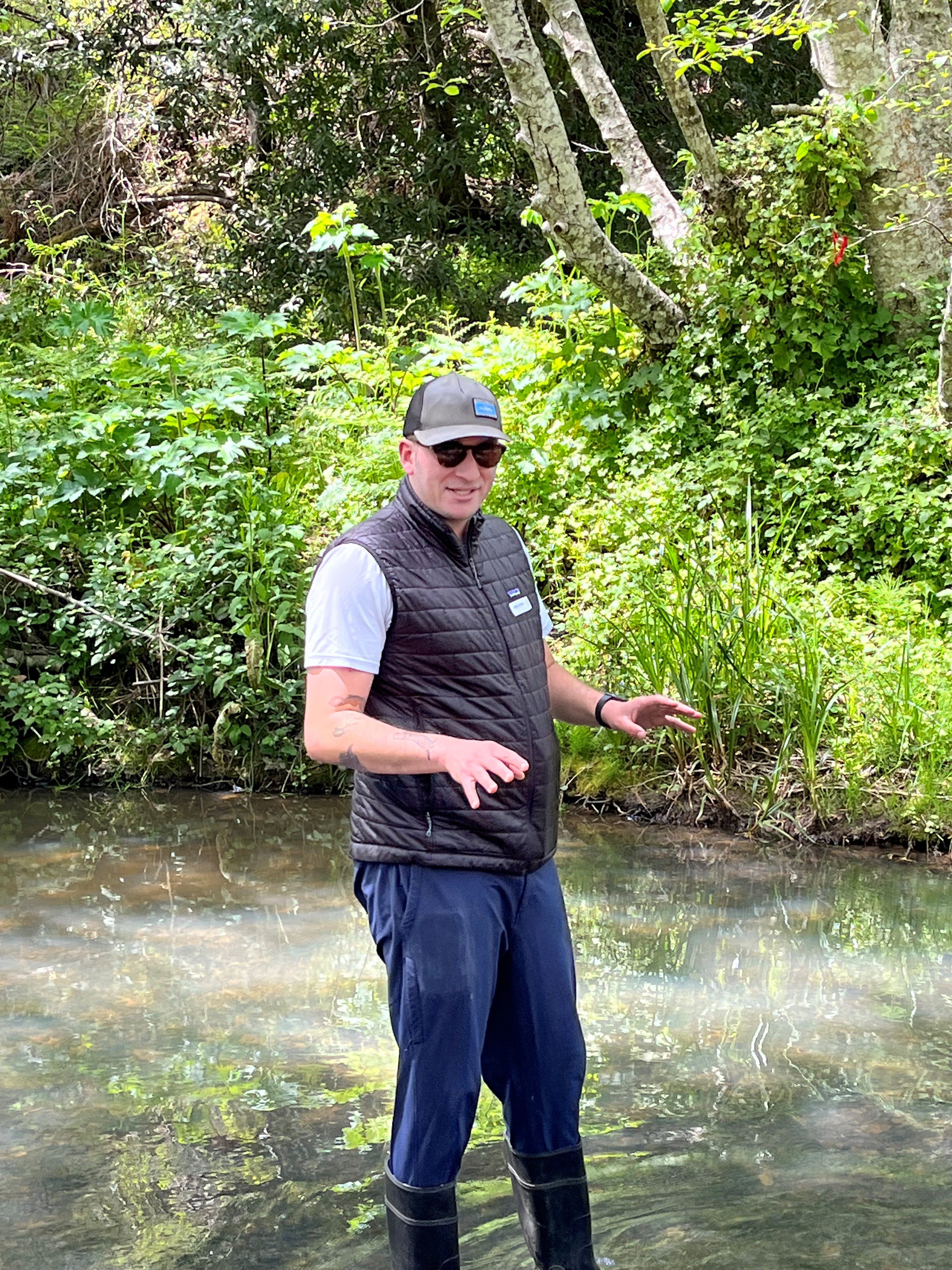
Next, CalTrout contractor (and a past student at Walker Creek Rach) Alex Johanson takes the lead describing his weekly spawning and redd surveys in the creek. Alex walks us to a riffle and points out a coho salmon redd made this winter in the creek, with its large, hand-like shape in the clean gravel of Walker Creek. A few hundred yards downstream, we look at two perfectly tear-drop shaped steelhead redds that are a month old. For many in the group, this is the first time they’ve observed coho salmon or steelhead redds, and they can do so right here in their backyards. Everyone is impressed by Alex’s knowledge and enthusiasm, but especially by his personal journey from local 5th grader learning about fish on the Ranch - to making this his profession and focus in graduate school, which he will start at UC Davis in the Fall working with Rob Lusardi on coho salmon in Walker Creek.
We head back up to the Ranch picnic tables to enjoy lunch in the sun and share stories and reflections before heading in separate directions. I have a feeling this day will stick with those who were lucky enough to join us. I know it will stick with me – getting to bring some of the same supporters whose donations allow us to do this work in partnership with the Ranch and many others. This work would not be possible without their support, and we look forward to doing it again next year.
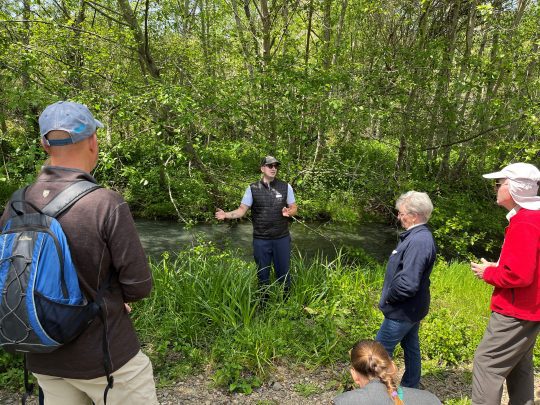
Top cover photo by Kara Glenwright. Other photos contributed by Patrick Samuel and Christine Walker.





